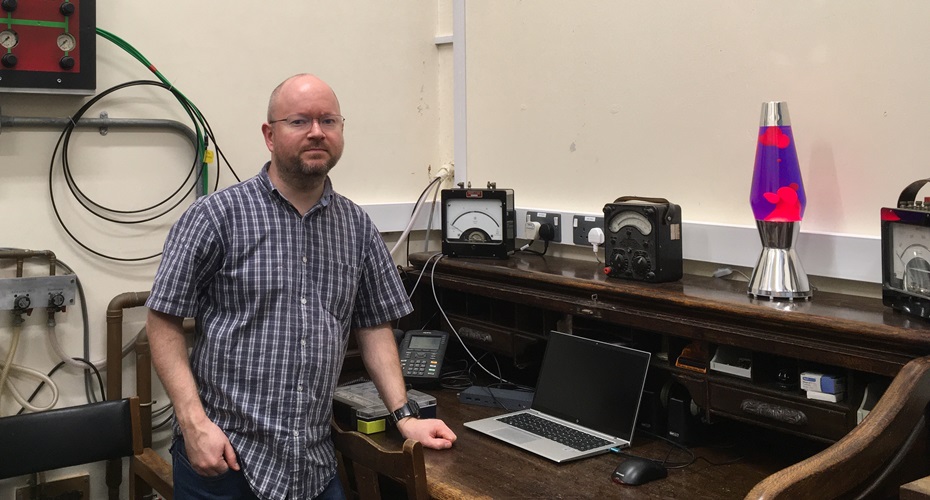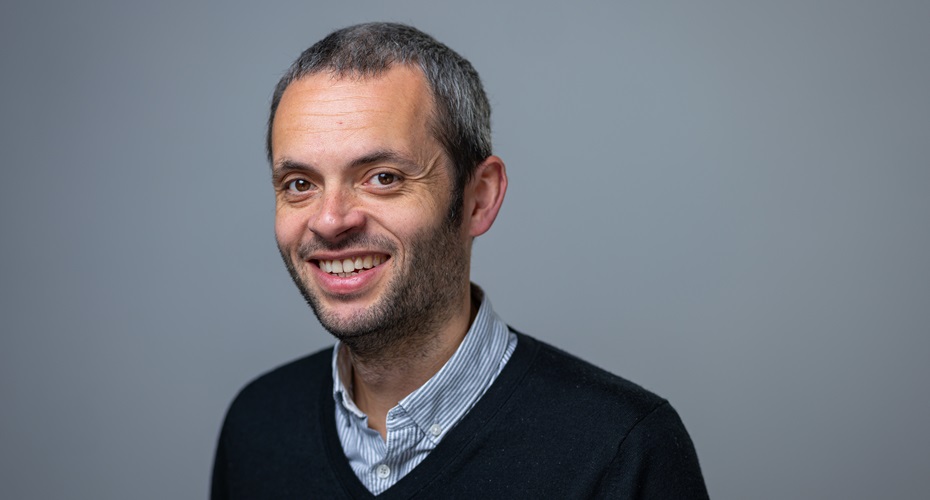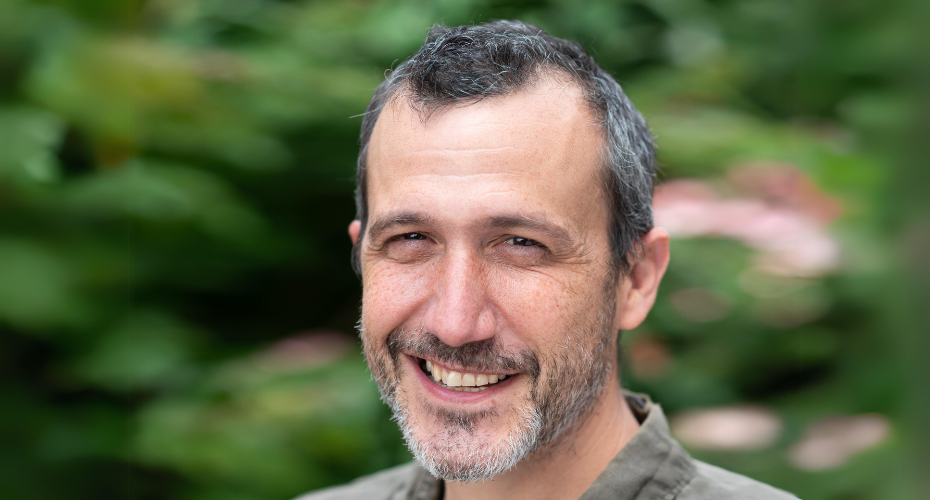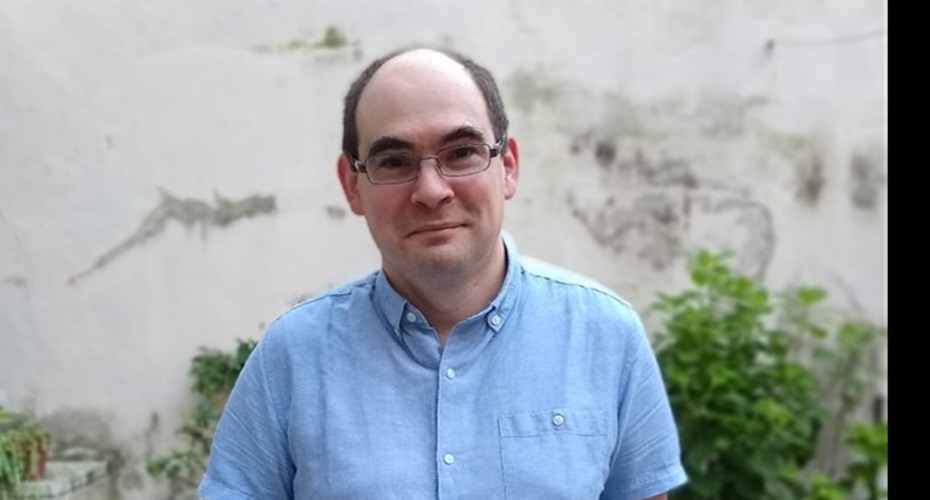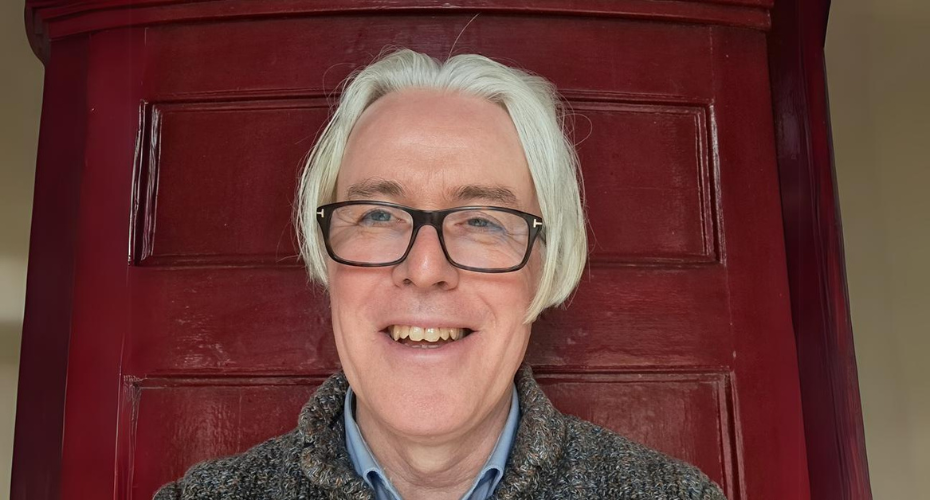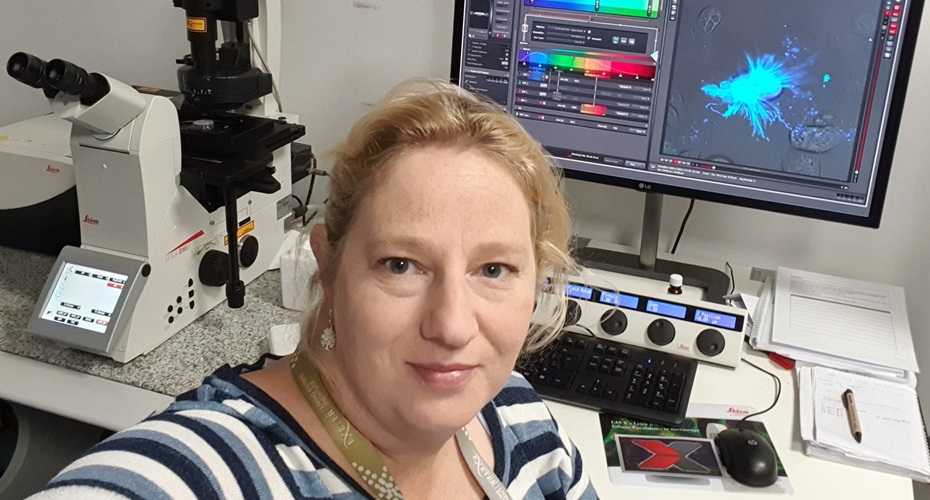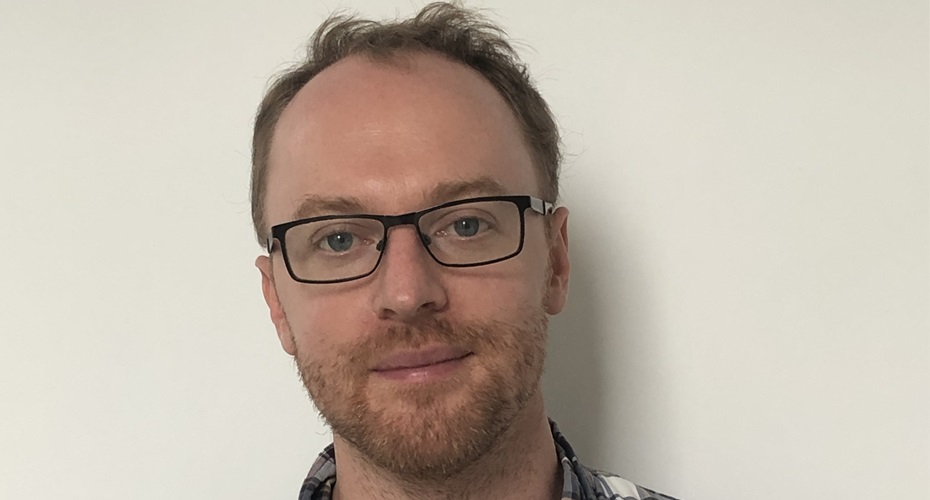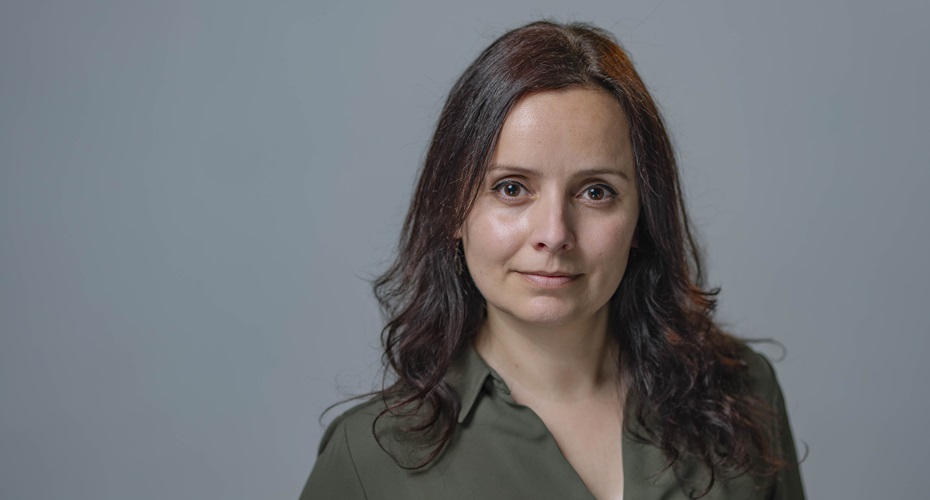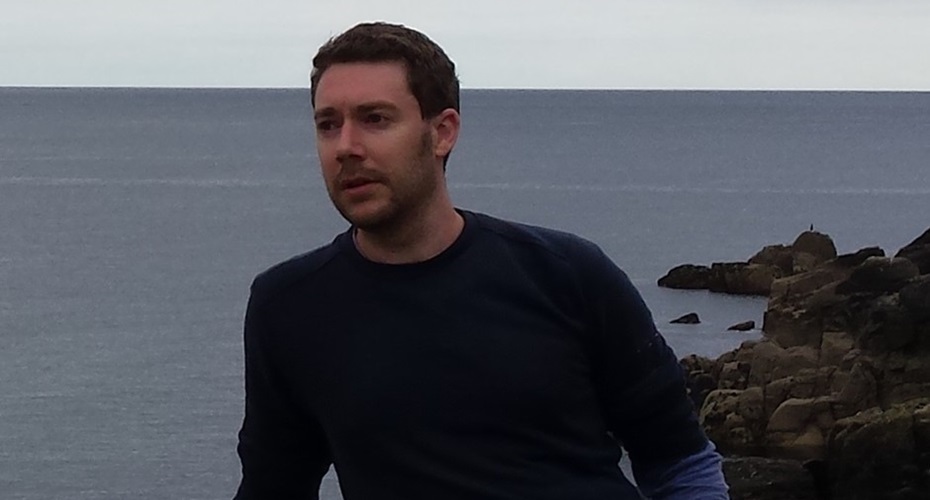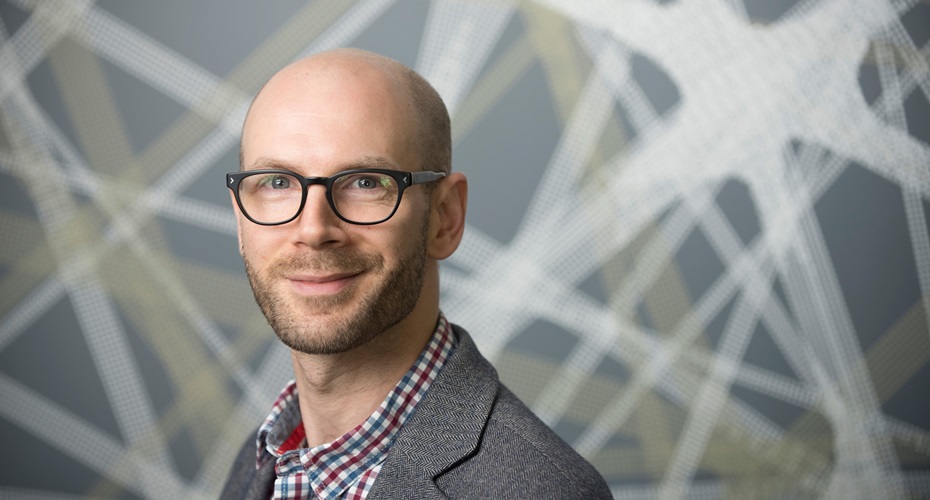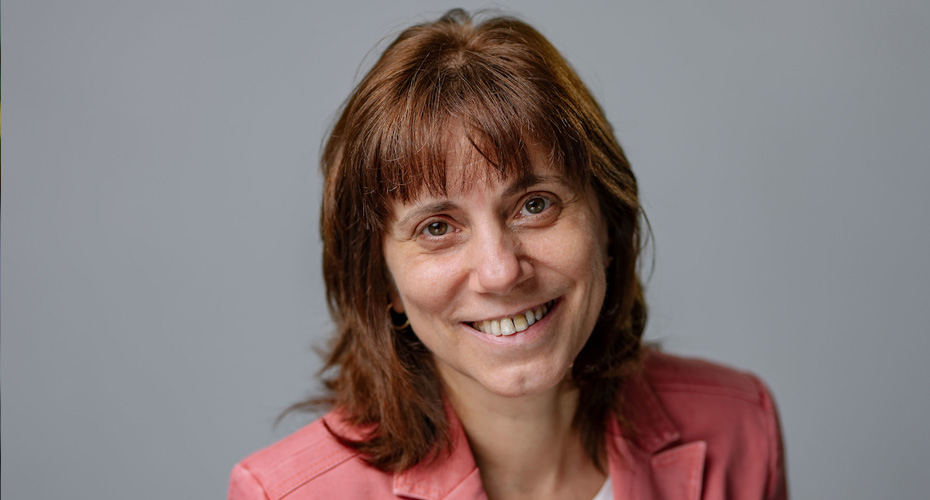People
Geoff is a Fellow of the Institute of Physics and The Royal Society of Chemistry. He's been the recipient of several Student Guild Awards for Education and is passionate about the power of science in transforming lives.
He joined the University of Exeter in 2011, following a successful career in industry at QinetiQ/DERA Malvern. Within QinetiQ he led a multi-disciplinary research team investigating novel optoelectronic devices, was awarded a QinetiQ Inventors Award in 2011, and was one of the first people within the company to hold a Royal Society Industry Fellowship. In Exeter he has established both a new experimental capability and research group, attracting considerable funding, and his current research interests include analytical chemistry, mid-infrared optoelectronics, and optical and phononic metamaterials. Shortly after joining the University he also led the design and development of Natural Sciences, which has gone from strength to strength.
Read more from Professor Geoffrey Nash
Professor Geoffrey Nash
Head of Natural Sciences

